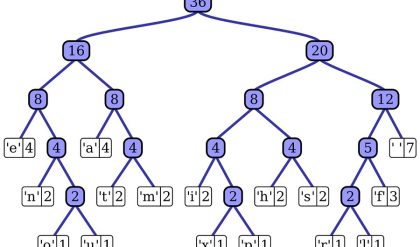Once you have designed an algorithm, you need to specify it in some fashion. In Section 1.1, to give you an example, Euclid’s algorithm is described in words (in a free and also a step-by-step form) and in pseudocode. These are the two options that are most widely used nowadays for specifying algorithms. Using a natural language has an obvious appeal; however, the inherent ambi-guity of any natural language makes a succinct and clear description of algorithms surprisingly difficult. Nevertheless, being able to do this is an important skill that you should strive to develop in the process of learning algorithms.
Pseudocode is a mixture of a natural language and programming language-like constructs. Pseudocode is usually more precise than natural language, and its usage often yields more succinct algorithm descriptions. Surprisingly, computer scientists have never agreed on a single form of pseudocode, leaving textbook authors with a need to design their own “dialects.” Fortunately, these dialects are so close to each other that anyone familiar with a modern programming language should be able to understand them all.
This book’s dialect was selected to cause minimal difficulty for a reader. For the sake of simplicity, we omit declarations of variables and use indentation to show the scope of such statements as for, if, and while. As you saw in the previous section, we use an arrow “←” for the assignment operation and two slashes “//” for comments.
In the earlier days of computing, the dominant vehicle for specifying algo-rithms was a flowchart, a method of expressing an algorithm by a collection of connected geometric shapes containing descriptions of the algorithm’s steps. This representation technique has proved to be inconvenient for all but very simple algorithms; nowadays, it can be found only in old algorithm books.
The state of the art of computing has not yet reached a point where an algorithm’s description—be it in a natural language or pseudocode—can be fed into an electronic computer directly. Instead, it needs to be converted into a computer program written in a particular computer language. We can look at such a program as yet another way of specifying the algorithm, although it is preferable to consider it as the algorithm’s implementation.


Comments are closed.